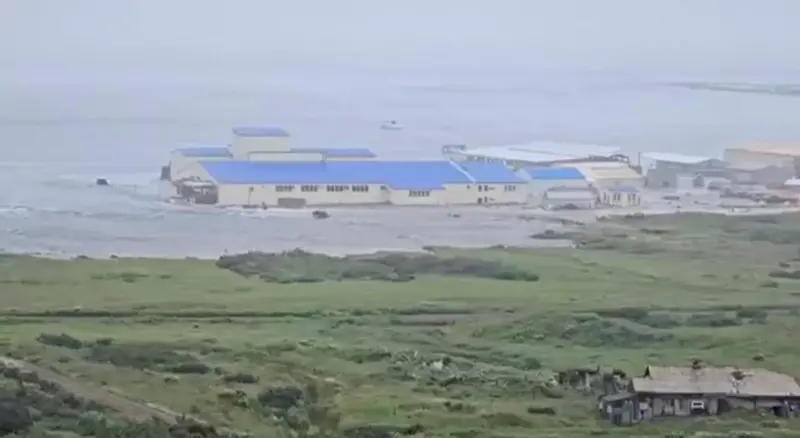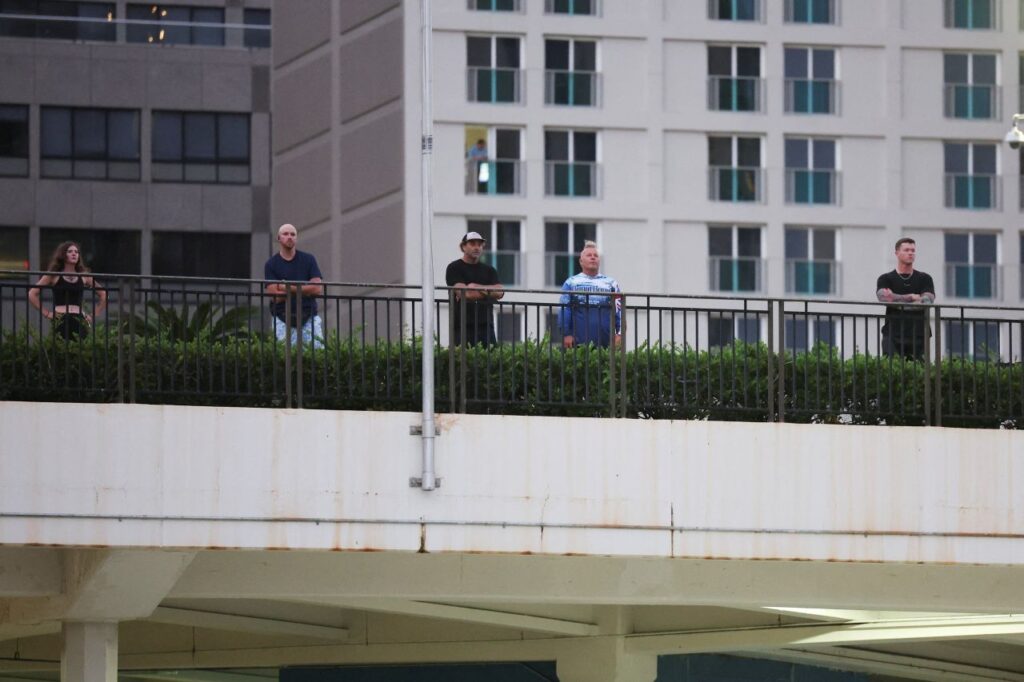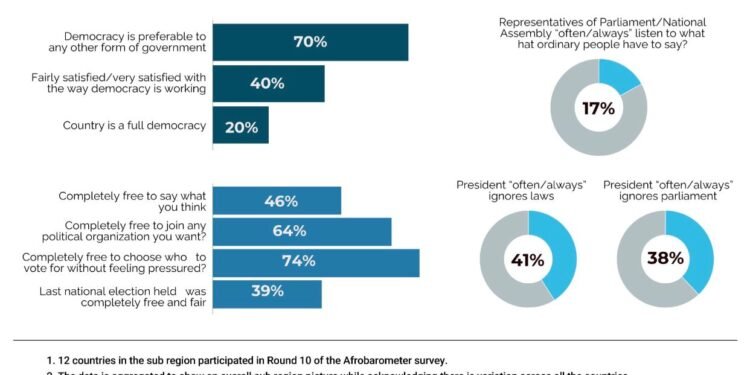A massive earthquake off Russia’s coast has prompted evacuations in Japan, Hawaii and some parts of the US west coast.
This came as the earthquake triggered widespread tsunami warnings. Tsunami waves hit parts of Russia and Japan after a massive earthquake off the Russian coast, with alerts issued for dozens of other countries, including the United States, and the Philippines.
The magnitude 8.8 earthquake hit far-eastern Russia, causing several minor injuries and widespread flooding.
The US Geological Survey (USGS) said the 8.8-magnitude quake, revised up from an earlier estimate of 8.0, struck 136km (85 miles) east of the city of Petropavlovsk-Kamchatsky in Russia’s far east.
Kamchatka Governor, Vladimir Solodov said in a video posted on Telegram that the quake was the “strongest in decades.”
Russia’s Ministry of Emergencies and Disaster Relief said that Severo-Kurilsk, a seaport town in the Sakhalin region in the northern Kuril Islands, was flooded, forcing the evacuation of its 2,000 residents.
Videos posted on Russian social media showed buildings in the town submerged in water, as authorities declared a state of emergency throughout the North Kuril District.

Nonetheless, District Mayor Alexander Ovsyannikov said that there had been enough time to evacuate everyone on the impacted islands. “All the people are in the tsunami safety zone,” he said at a crisis meeting.
The Honolulu Department of Emergency Management in Hawaii urged the evacuation of residents from some coastal areas.
In a briefing, Honolulu Mayor Rick Blangiardi disclosed that the city is under a full tsunami alert, and called for people in low lying areas to get to higher ground.

Hawaii Governor, Josh Green also asked people to heed evacuation orders and stay calm.
Hawaii’s Department of Transportation said that commercial flights had been suspended at Hilo International Airport to facilitate evacuations.
The US coastguard in Honolulu issued an order for evacuation of commercial vessels from Hawaiian ports, with all harbours closed to incoming traffic. Any vessels near Hawaii should remain offshore until tsunami waves have passed, the coastguard statement said.
Several flights bound for Hawaii have also been diverted mid-air, with many being redirected back to their airports of origin, according to flight tracking websites.
Japan’s Meteorological Agency said in a statement that people in coastal areas or along rivers should immediately evacuate to safe places such as high ground or evacuation buildings.
It added that tsunamis can strike repeatedly, urging people not to leave the safe location until the warning is lifted. The Meteorological agency said that tsunami waves could reach up to 3 metres high.
Japanese Prime Minister, Shigeru Ishiba also urged the public to evacuate from affected areas.
In all, more than 1.9 million people have been asked to evacuate in Japan. Around 10,500 of these people are in Hokkaido. Evacuation warnings now span hundreds of kilometres/miles along its pacific coast – from Hokkaido in the north to Wakayama prefecture in the south.
Some also gathered in an observatory overlooking the beach in Chiba south of Tokyo. Authorities have continued to urge residents on Japan’s east coast to evacuate to higher ground. Dozens of waves have been observed across Japan’s Pacific coast.
Residents Urged To Be Attentive To Tsunami-related Advisories

US President, Donald Trump urged residents in Hawaii, Alaska, and along the Pacific Coast to pay attention to tsunami-related advisories. “STAY STRONG AND STAY SAFE!” Trump said in a social media post.
The last time Hawaii faced a basin‑wide tsunami threat was after the magnitude 9.1 earthquake off Japan on March 11, 2011. That event sent waves 3 to 10 feet high across the islands, with the largest surges near 12 feet on Kauai and the Big Island.
Even with hours of warning, the flooding damaged harbors, swept boats ashore and inundated hotels and businesses, causing about $7.5 million in damage.
Hawaii has since upgraded its evacuation maps and siren network, but officials are urging residents to avoid beaches and harbors and to follow evacuation orders in zones under warning.
READ ALSO: Ghana Armed Forces Moves to Enforce Peace in Bawku























